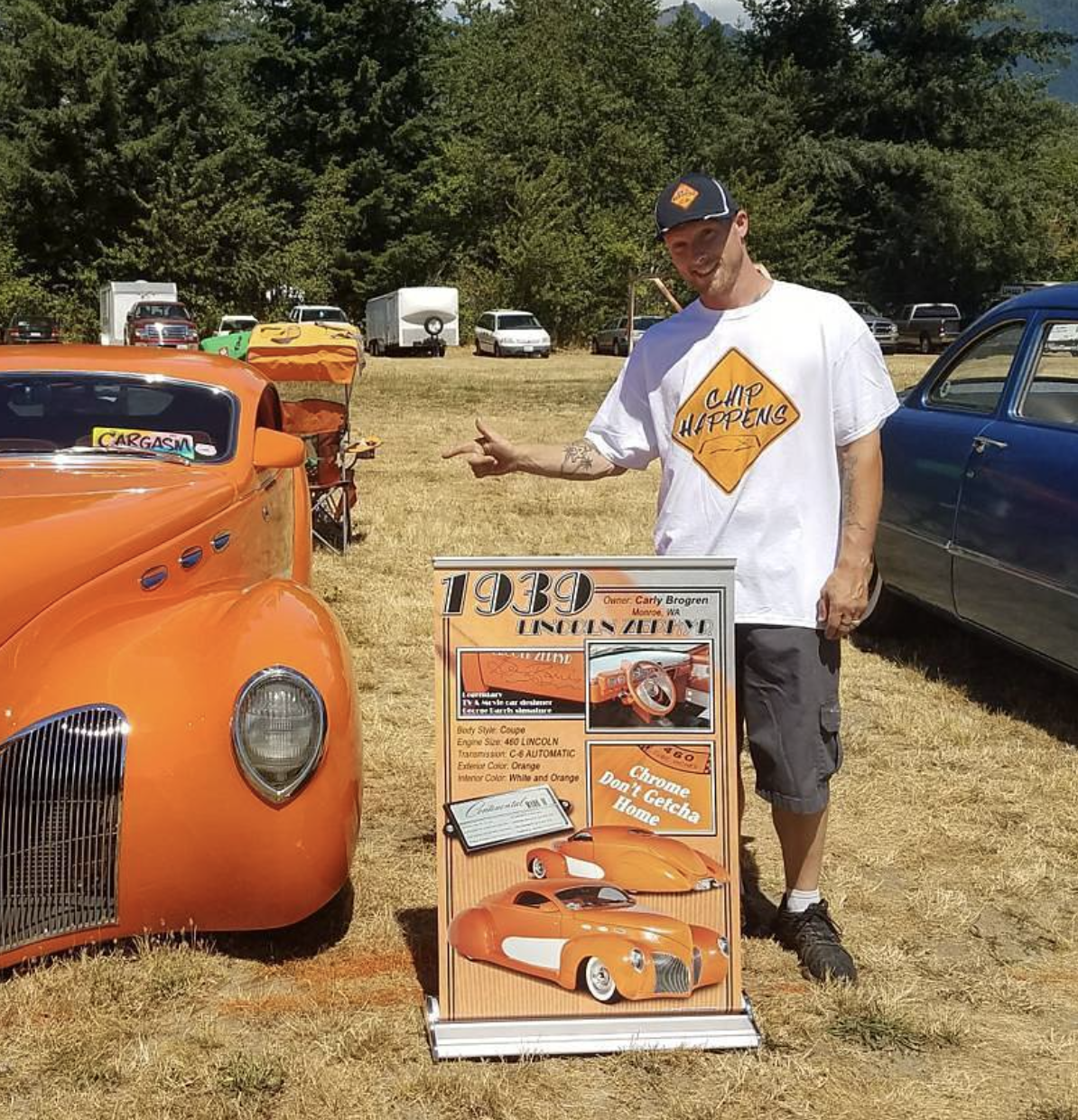Welcome to another Q&A session where I answer questions from y'all on the internet.
Today's question is:
So, land departure, brake assist, and other feature recalibrations typically take up to about 30 minutes to an hour. Um, given there's no setbacks with camera functions or whatnot, we start the process by when we show up to replace that glass, we scan the vehicle for any codes that would pop up. Then we notate and document those codes and then we perform the replacement and then start the recalibration process. You have static calibrations which require us to set up a stand and shoot a target and then the car on the sees the target. These are very precise measurements, laser guided instruments on our stands and we perform that and then the car and the calibration um can be done in a few minutes. And I mean, I've had some take up to an hour or two while you're troubleshooting to figure out the issues that are not allowing a calibration to proceed. And then a dynamic calibration, we plug into the system and take the car for a drive until the car has received enough information from the road to know where it exists.
They also explained that camera recalibrations for features like lane departure and brake assist typically take 30 minutes to an hour, involving scanning for codes, documenting them, and then performing either a static calibration with a target or a dynamic calibration by driving the vehicle.

© 2025, Chip Happens Auto Glass, all rights reserved. Created and managed by 1 Stop Link. Images & icons used on the website are either original, free or purchased on pexels.com, unsplash.com, vecteezy.com, fontawesome.com or other platforms.